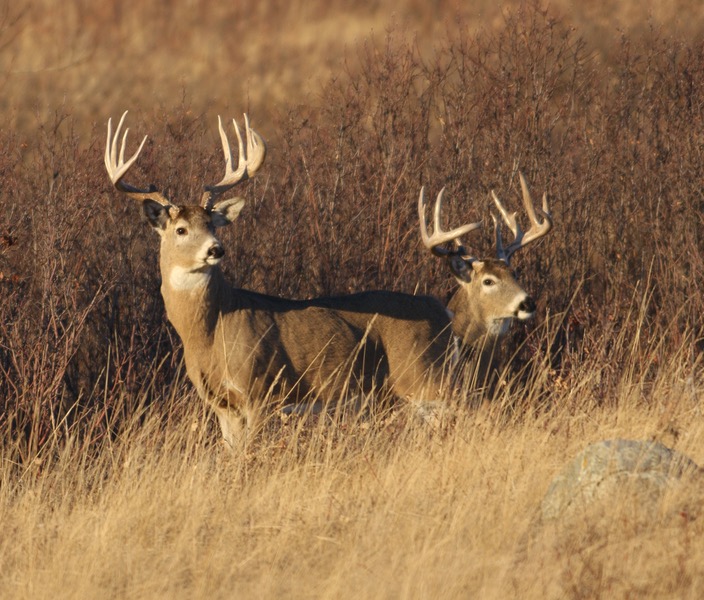WHITETAIL WISDOM
To commemorate Outdoor Canada’s 50th anniversary in 2022, our long-time hunting editor shared his 50 favourite whitetail secrets
Advertisement
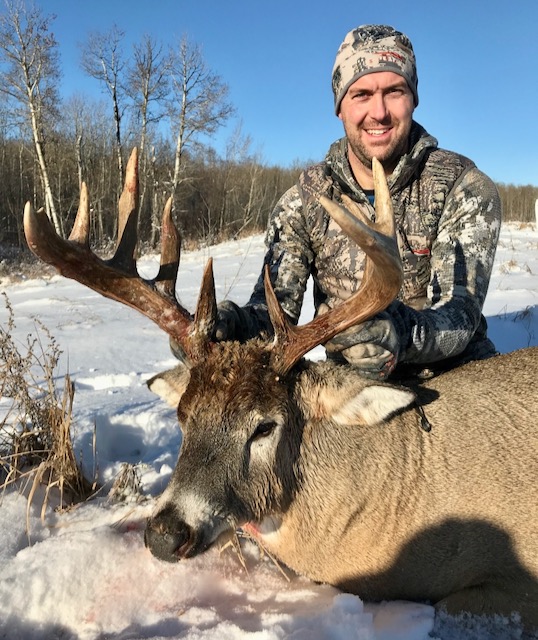
#1 If you want to shoot a mature, trophy-quality buck, you have to pass on smaller ones. Don’t wait to make this decision in the field. Hunt with a pre-determined strategy and you’ll enjoy greater peace of mind.
#2 Getting permission to hunt on private land can be challenging; don’t show up opening morning expecting you’ll be welcomed. Meeting with landowners well before the season begins goes a long way to securing access.
Advertisement
#3 Plan entry and exit routes to your blinds and stands that will cause as little disruption as possible in areas you expect to hold deer. Include several options to select from, depending on the wind direction.
#4 You can’t sex or age a deer by its tracks, but mature bucks generally have large feet, and their stride length is noticeably longer than that of other deer. The presence of dew claws is not an indicator of a buck track.
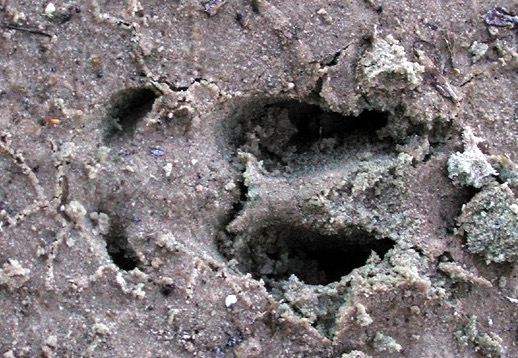
#5 Don’t get caught up in the hype of the latest, greatest rifle cartridge. While velocity kills, to a point, it’s not the most important factor. Putting the right bullet in the right place trumps speed every time.
Advertisement
#6 To ensure the greatest accuracy, sight-in your rifle with several different bullet brands, weights and styles—most rifles prefer one over another. It’s particularly important to learn what your rifle likes best if you expect to make shots at extended distances.
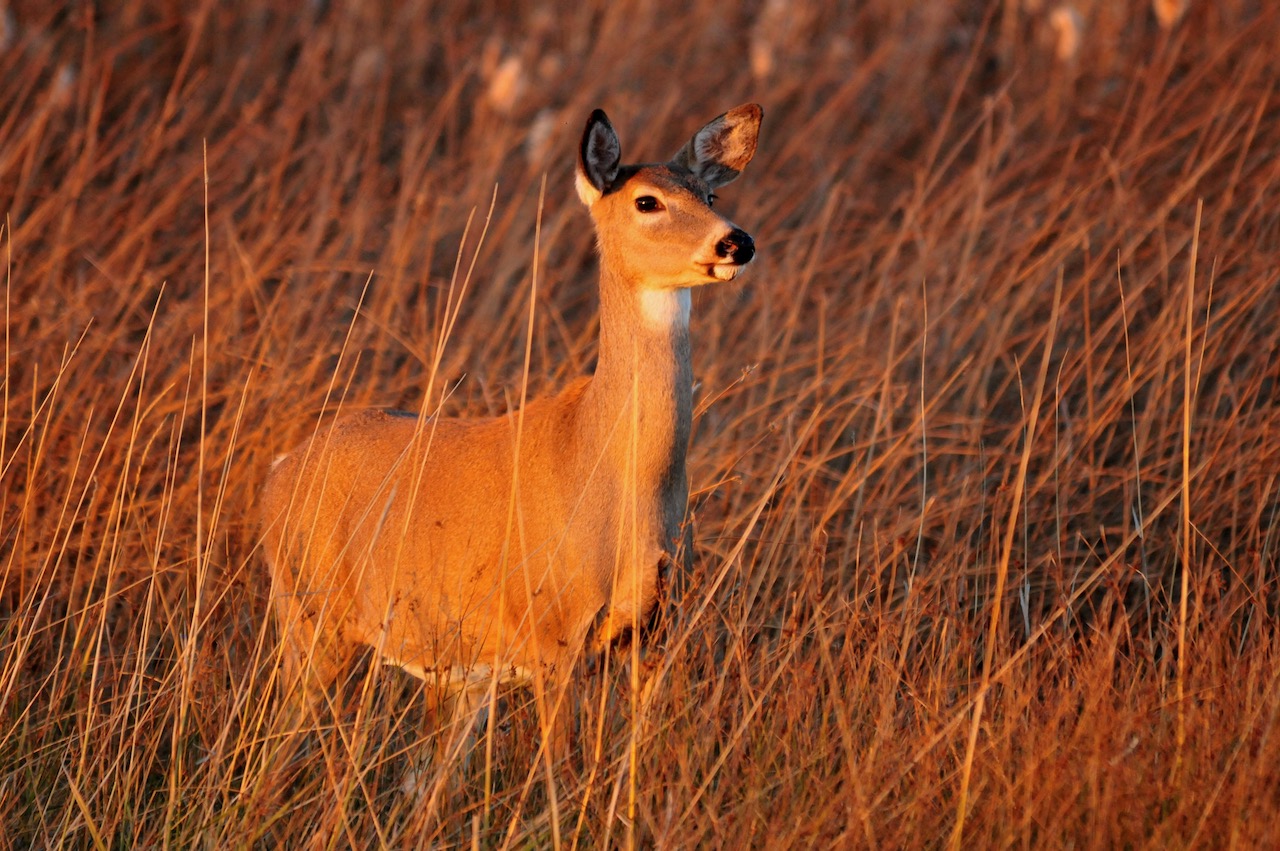
#7 Mature bucks often become elusive once the season’s opening shots have been fired, but they’ll never be far from the doe groups. Find and stick with the does, and your chance will come.
#8 Trail cams are valuable for revealing whether deer may be in your area, but keep in mind that bucks travel considerable distances during the rut. Don’t put all your eggs in one basket and hunt only where your camera picked up a good deer—he may have just been passing through.
#9 Early in the season, larger contiguous pieces of habitat are more productive. Once the rut begins and hunting pressure increases, however, bucks will hide in any bit of habitat where they feel secure. Small willow patches and slough bottoms are always worth a look.
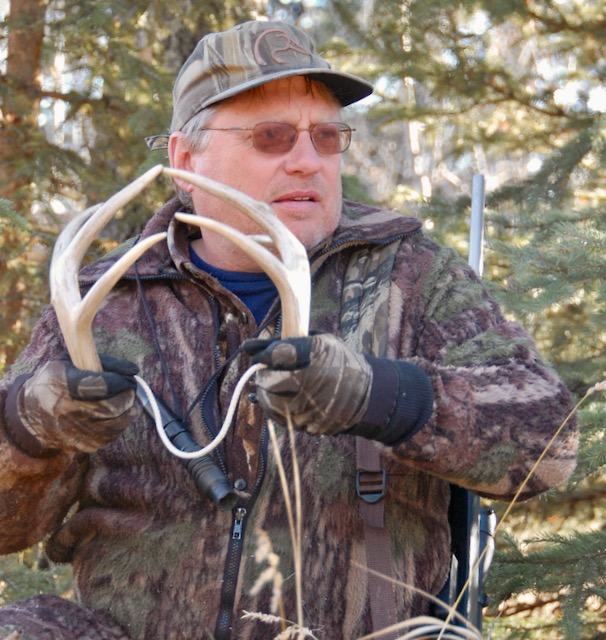
#10 Rattling is most productive during the two weeks prior to the peak of the rut. Set up in areas with semi-open cover; bucks usually approach from downwind, so visibility in that direction is important. Rattle for a minute, wait for five to 10 minutes, then repeat. Stick it out for 30 to 40 minutes before relocating if there’s no action.

